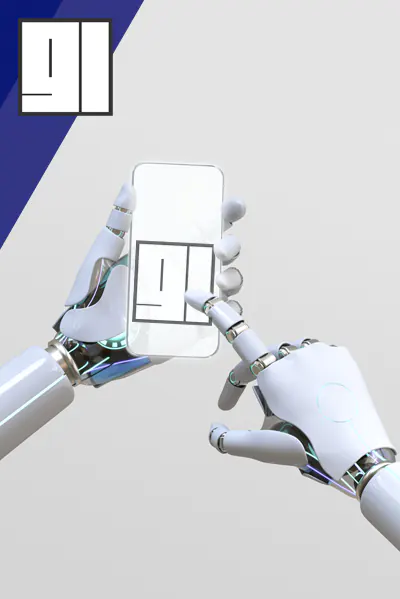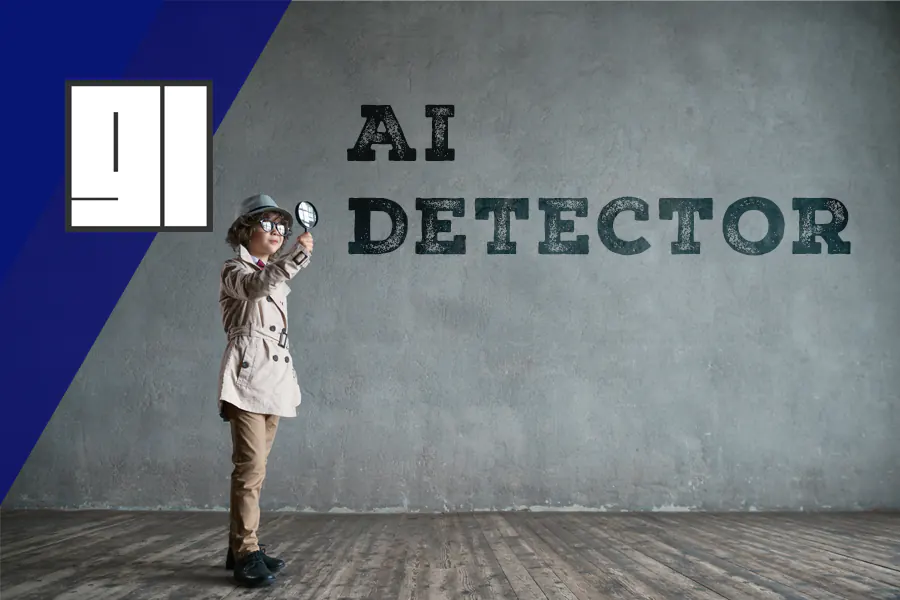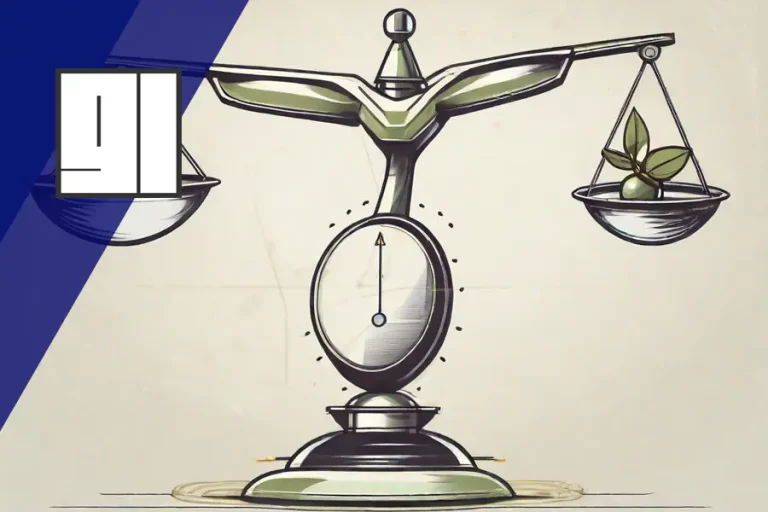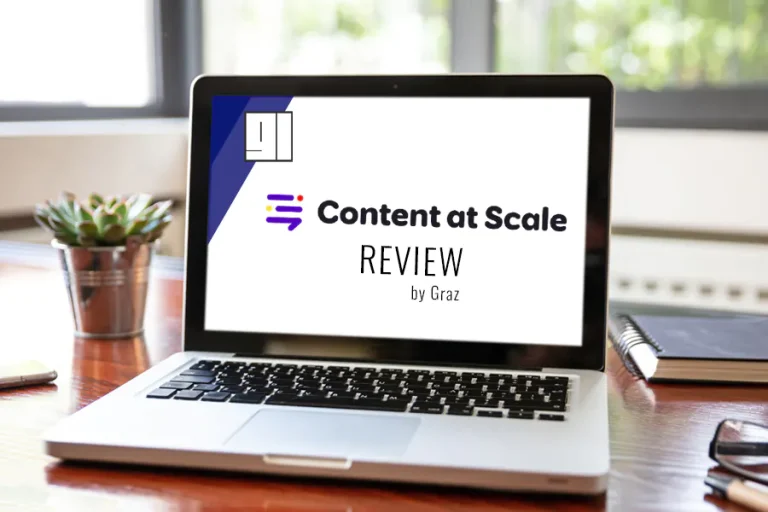AI Detector: Text Detectives on the Loose
Wriggling through the world of AI detectors, this article cracks open Pandora’s Box of discerning human wordiness from machine-generated mumbo jumbo. A staple in today’s pixelated universe, a deep dive into the capabilities of these detection gizmos feels like a must, doesn’t it? So come on, let’s walk together down the silicon-forged corridors of AI detection mechanisms.
In the same breath, we’ll uncover some subterfuge-busting tools – ones that sniff out the AI fingerprints in supposedly human-penned pieces. We will scrutinize the very DNA of language patterns woven by masterful AI artisans like ChatGPT, letting you in on the secret sauce of their clever mimicry. How does that sound?
Are you an educator, a researcher, or a humble browser wondering how to keep the line between human and machine writing from blurring? Well, fret not! We’ll delve into the nuts and bolts of how these two scribes differ. We’ll also touch upon the fascinating world of text generator watermarking, plus the eyebrow-raising doubts about their efficacy. In the end, we’ll suggest how to best ride the AI wave, without compromising on the gold standard of quality.
AI Detection Techniques
Tired of being outsmarted by AI-induced texts? We got you, tech-curious trailblazers! This part is for you – a deep dive into how you can leverage the power of machine learning to differentiate the real McCoys from the silicon imposters. Here, we decipher these clever techniques that analyze a library worth of articles to figure out if they’re crafted by human hands or an AI wordsmith:
Plagiarism Spotting Tools
- Turnitin: Your trustworthy plagiarism sleuth, comparing your piece with millions of sources.
- Copyscape: An internet Sherlock that aids you in rooting out web-dwelling clones of your content.
- In-house tools: Whip up your scripts with the aid of APIs from Google Scholar or Microsoft Academic, to catch any sneaky text doppelgängers.
While these tech wonders are great at spotting plagiarized content, they may sometimes fail to detect AI-crafted pieces. Enter the good old manual review!
Hands-On Review Methods
To single out AI-written text, here are some peculiarities to keep an eye out for:
- Abrupt topic transitions, leaving you scratching your head about the connection between paragraphs.
- A weird disconnect within sentences, hinting at a lack of logical coherence.
- Overcooked phrases or words, suggesting a vocabulary as varied as a saltine cracker.
To stay ahead in this cat-and-mouse game, it’s critical to keep up with the latest AI detector releases. Keep this blog in your bookmarks, for an ever-flowing stream of tech wisdom, without the migraine-inducing jargon!
AI Detectives for Copywriters
Now let’s explore some of the best AI detectors – free and paid – that help copywriters tell apart human prose from AI gibberish. These tools cleverly reverse-engineer language patterns and spot repeated words or phrases that reek of AI creation. Here are your four aces:
- Originality.AI: A downright brilliant AI detective and plagiarism hound, making it a non-negotiable tool for serious writers.
- ContentDectector.ai: A free and easy to use plagiarism sensor and AI text highlighter by ContentDetector, ensuring your piece is 100% human and original.
- ZeroGPT: If you’re in the market for a freebie, ZeroGPT is your partner in crime, astute at spotting non-human writing styles.
- Hive Moderation: You know, those AI text generators like ChatGPT and GPT-3? Yep, it’s got their number too. It’s like a bouncer who can spot a fake ID from a mile away.
My friends, gather round. I’ve got a wild tale to tell. Content at Scale, a heavyweight champ in the long-form content writing tool arena, boasts that it whips up the kind of prose that gives AI detectors a run for their money. Not only that, it’s got an in-house AI detector that always flashes a big, fat zero percent when it checks its own output. Quite the claim, right?
Well, being the inquisitive critter that I am, I decided to put it to the test. “What if we pit this so-called ‘non-detectable’ copy against some other contenders in the field?” I mused. “How would it fare?”
So, I plucked out a 374-word sample from a beefy +2k blog post, baked to perfection by Content at Scale. A delicious morsel, if I may say so. The big question on everyone’s lips: how likely is it that this chunk of text was drafted by an AI? Let’s dive into the results.
In an era where AI is growing like an untamed vine, it’s a race to stay ahead of those sly AI-generated pieces sneaking into the territory of genuine human literature. Arm yourself with the sharpest tools in the shed to keep your copywriting game untouched and wholly authentic.
Master the art of authentic copywriting with these top AI detectors for detecting artificially generated content. Stay ahead in the game. #copywriting #AIdetector
The Tug of War: Human Vs. Machine Writing Styles
When it comes to crafting written content, there’s a fascinating play of contrasts between the words spun by humans and those churned out by their silicon comrades. Humans, with their innate creative instincts, craft language structures brimming with vivacity.
On the other hand, the AI scribes, despite flaunting seemingly impeccable English fluency, often stumble in the shadowy alleyways of meaningful intention. Recognizing this dichotomy becomes essential when assessing the authenticity of a piece.
The Human Touch: Creativity in Chaos
What gives us the upper hand over AI storytellers like ChatGPT is our ability to color outside the lines, creating narratives that have the element of surprise tucked up their sleeves. We aren’t shackled by algorithms or coded commandments. Instead, we draw from our personal experiences, emotions, and cultural kaleidoscopes when weaving our tales.
AI’s Achilles’ Heel: Lacking the Spark of Intent
In contrast, even the most sophisticated AI word-peddlers, though have grown to stitch together sentences that are more coherent than ever, often stumble when it comes to capturing the soulful essence of human prose: intent. These systems might manage to echo human speech idiosyncrasies, such as idiomatic expressions, but they often fall short of conveying nuanced meanings or weaving connections between unrelated thoughts.
This chasm reveals itself when we peer into AI-generated content platforms. Users often find themselves knee-deep in text that, though grammatically unblemished, lacks the depth and gravity to lure and hold their attention. As AI text becomes a common sight in sectors like copywriting and marketing, recognizing these patterns will be vital for professionals committed to delivering original content.
Mastering software just got easier with no-nonsense tutorials on AI-generated writing patterns and how to spot the lack of intentionality in content. #AIDetector #ContentCreationTips
A Bump in the Educational Road
The rapid rise of AI wordsmiths like ChatGPT has ignited conversations about their impact on various sectors, including education. Educators are grappling with detecting plagiarized work created via these advanced technologies, potentially shaking the pillars of academic honesty within their classrooms.
AI-Text Sleuths: Specialized Checkers
To address this growing concern, some researchers have rolled out specialized checkers, tailor-made to spot the traces left by AI-generated texts. A prime example is 2019 released GLTR (Giant Language Model Test Room). This free, web-based service aids educators in identifying patterns in text spun by large-scale language models like GPT-2.
- User-friendly: GLTR offers a streamlined interface where users can paste any text and instantly get feedback on the probability of it being AI-generated content.
- Detection prowess: By dissecting word prediction probabilities and underlining peculiar phrases or words, GLTR offers reliable results in telling apart human-penned text and GPT-2 based AI tool outputs.
- Cultivating awareness: The emergence of such detection tools emphasizes the value of originality in student work and deters them from relying on AI shortcuts to complete assignments.
Apart from GLTR, other budding solutions like Turnitin’s latest AI detection capabilities in, “Similarity Reports,” are marching forward to aid educators in rooting out contract cheating and AI-woven text in student submissions.
Education Policy Makeover: Teaching in the AI Era
As the tendrils of artificial intelligence creep deeper into our everyday lives, it’s high time educational institutions put on their renovation hats. This includes revamping plagiarism sniffing procedures, honing teachers’ skills in spotting AI-spun content, and cultivating a culture of academic integrity among eager young minds.
Carrying out these tweaks will ensure that the education realm remains an arena where human creativity and originality shine brighter than the glitziest AI shenanigans.
The surge of AI-spun text has tossed a wrench into the cogs of plagiarism detection for educators. To square off against this, specialized checkers like Turnitin’s enhanced “Similarity Reports” have marched onto the scene.
They’re on a mission to uncover patterns in text concocted by large-scale language models. To keep academic integrity unscathed, educational institutions need to spruce up their policies and guidelines accordingly.
In the Land of Watermarking Methods
As AI-generated text swells in prevalence, watermarking methods have bobbed up as a potential raft, distinguishing between words crafted by humans and those churned out by AI. These strategies involve weaving subtle, unique identifiers into the content, waiting to be unveiled by specialized tools.
Goldstein’s Deep Dive into AI Watermarks
In his scholarly dissection, Goldstein wades into potential watermarking techniques for text generators like ChatGPT. By planting specific patterns or phrases into the fertile soil of these AI tools’ training data, it might become a breeze to spot if a piece has been woven by an AI loom.
Micah Musser’s Side-eye at Watermark Effectiveness
However, Micah Musser isn’t exactly jumping on the watermark bandwagon. In an analysis on how language models can be misused for missinformation, he expresses his doubts about the longevity of such an approach. As natural language processing technologies blossom at breakneck speed, watermarked patterns might be mimicked by these advancing algorithms, thus pulling the rug out from under their effectiveness.
Stumbling Blocks on the Watermarking Path
- One size doesn’t fit all: The current watermarking methods are tailored to English-language texts, which might render them ineffective when dealing with other languages or multilingual content, hot off the AI press.
- The tech evolution conundrum: As mentioned earlier, the escalating advancement in natural language processing capabilities might turn existing watermark spotting approaches into dinosaurs, courtesy of the new generation’s ability to mimic these markers.
- Privacy phantoms: Planting watermarks within content might stir up privacy nightmares for users who prefer their work untraceable and incognito. Despite these hurdles, watermarking methods still shimmer with potential as a tool for unveiling AI-spun text. As the AI detection arsenal continues to grow, staying clued in about the latest strides in this domain remains as crucial as ever.
Despite these bumps in the road, don’t toss watermarking methods out the window just yet. They still offer a glimmer of hope in the quest to unmask AI-spun text. As our arsenal of AI detection tools continues to morph and adapt, keeping a pulse on the shifting landscape is more critical than ever.
Stay on top of the AI wave with watermarking methods in the text detection arena. Dive into our latest blog post to learn more about its potential and the obstacles lying in wait. #AI #textgeneration #watermarking
Charting The Future of AI Detection Tools
As the tendrils of AI technology keep spreading their reach, the need for forward-thinking professionals to stay one step ahead by sniffing out emerging trends is more pressing than ever. With industries such as copywriting and marketing riding the AI wave, unmasking computer-spun content becomes increasingly important.

Challenges Posed by Evolving Natural Language Processing Technologies
Evolving natural language processing (NLP) technologies are increasingly blurring the lines between human-written text and AI-cooked content. As these systems grow more sophisticated, they’re starting to master complex writing patterns previously exclusive to their human counterparts. This development raises an eyebrow at the effectiveness of current detection tools in distinguishing the handiwork of generative AI tools.
The Need To Keep Up With The Joneses In AI Detection Methodologies
- Stay in the loop: Keep an eye peeled for emerging trends and breakthroughs in AI detection techniques so you can wield the most cutting-edge tools when needed.
- Shake things up: Don’t be shy about tinkering with different AI detection tools or even trading providers if a brighter prospect pops up on the horizon. Remember, your success hangs on your adaptability.
- Broaden your vistas: While most of the existing AI detector software cater primarily to English speakers, consider bulking up your toolkit with multilingual options as NLP technology sprints ahead across languages.
- Connect with the tribe: Join communities and forums where fellow tech trailblazers hash out the latest in AI-generated text detection. Swapping experiences and insights can keep you one step ahead of potential stumbling blocks.
Keep the upper hand with AI detection tools. Stay plugged in, try out new solutions, and engage with your tribe to ensure your content’s authenticity. AIDetection #TechGameChangers
The future might be murky, but one thing shines clear: those who adapt, win. So, dive in headfirst. Stay informed about the latest leaps in AI detection tools, dabble in new solutions, and network with fellow professionals to make sure your content remains as authentic as a handwritten letter.
FAQs in Relation to AI Detectors

Wrapping Things Up
In a nutshell, sniffing out AI-cooked content is a must-do for anyone who’s in the business of churning out or curating written material. By roping in plagiarism detection tools and scanning language patterns, we can spot machine-drafted text. But it’s not all smooth sailing. Educators and researchers have to walk the tightrope between keeping academic integrity intact and harnessing the power of cutting-edge technology.
Despite these hurdles, it’s important not to lose sight of the silver lining. AI opens up a world of opportunities, and it’s up to us to seize them while keeping the bar high for written content. Striking a balance between innovation and excellence can be a cinch with the help of specialized tools and a sprinkle of manual checks.
Looking to ride the wave and keep your writing projects a cut above the rest? Check our SEO and content creation services. Be assured the AI detector is included in all projects.

Graz is a tech enthusiast with over 15 years of experience in the software industry, specializing in AI and software. With roles ranging from Coder to Product Manager, Graz has honed his skills in making complex concepts easy to understand. Graz shares his insights on AI trends and software reviews through his blog and social media.







